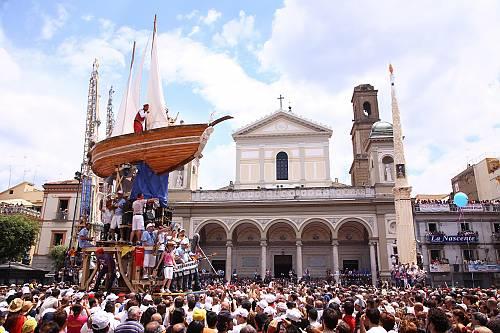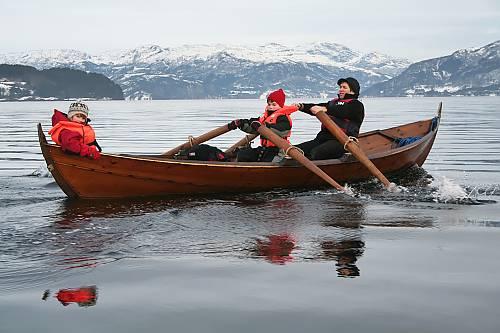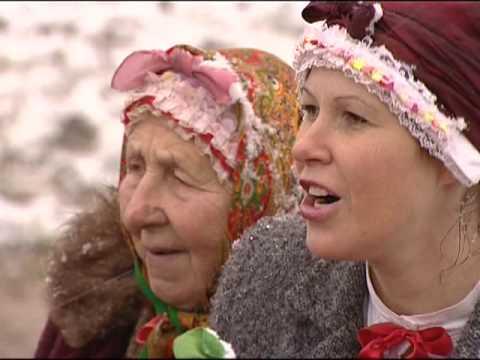UNESCO lists seven cultural practices still playing a part in today’s Italy, including falconry and the Mediterranean Diet, both of which have been discussed in previous articles. The ones quintessentially Italian featured below form part of the country’s living history. They are important not only historically, but form a legacy well worth preserving for future generations.
Cultivating the ‘vite ad alberello’ of Pantelleria
The traditional practice of cultivating the “vite ad alberello,” or head-trained bush vines of the community of Pantelleria (an Italian island in the Mediterranean), is a sustainable way about 5,000 farmers and growers cultivate vines. Both growers and other islanders strive to preserve the practice. Those who own a plot of land cultivate vines in a technique that involves several phases. The climate on the island is harsh. The ground is prepared by leveling the soil, then digging a hollow to plant each vine. The main stem of the vine is pruned to produce six branches, forming a bush with a radial arrangement. The hollow is reshaped constantly to make sure the vine grows in the right microclimate. Grapes are harvested by hand during a ritual event beginning at the end of July. Men and women take part and the skills are handed down in families through oral and practical instruction in the local dialect. The rituals and festivals between July and September allow the local community to share this social practice.
Processions featuring large shoulder-borne structures take place commemorating the return of various saints. Paolo Peluso





